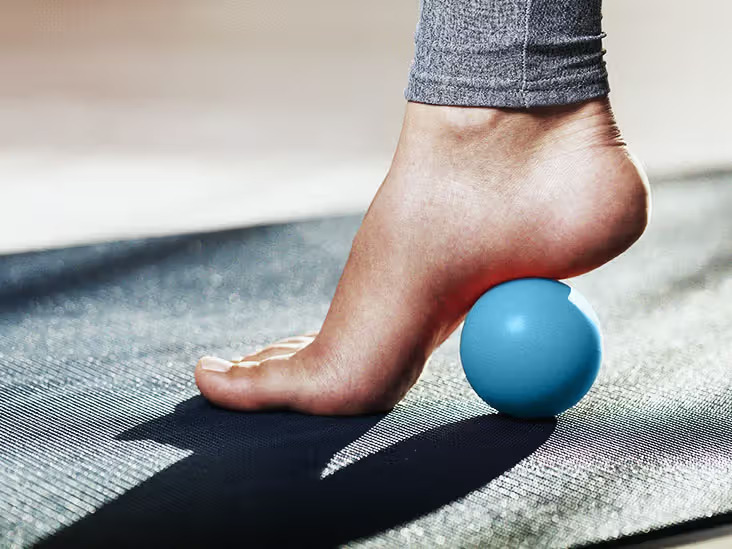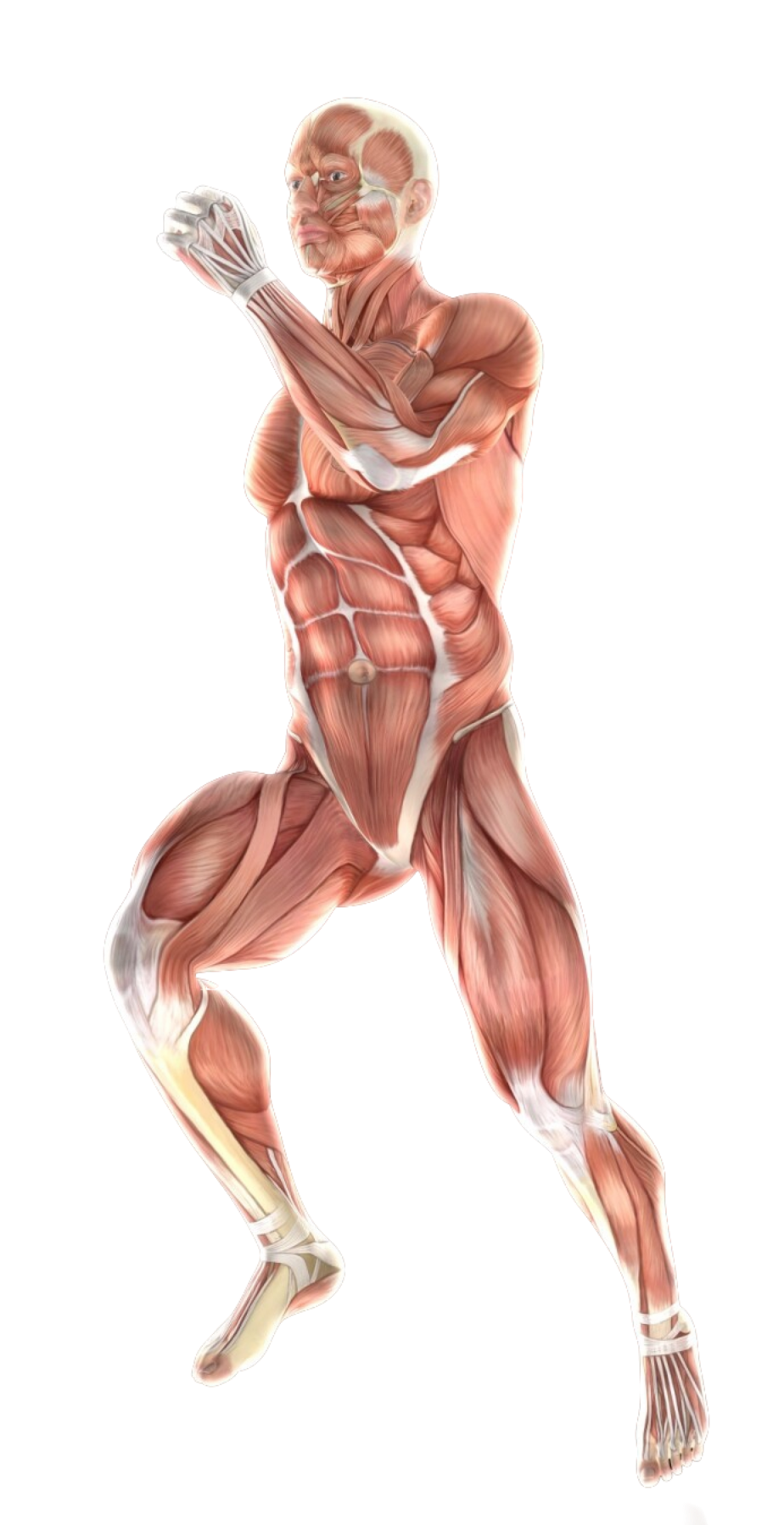- #11-13 Mount Elizabeth Medical Centre (Orchard)
- Mon Fri 9am — 6pm | Sat 9am — 12.30 pm
Plantar fasciitis is one of the most common causes of heel pain, resulting from inflammation of the thick band of tissue supporting the arch of the foot. It often presents with sharp pain during the first steps in the morning or after long periods of rest. With appropriate treatment, many people are able to reduce symptoms and continue with their usual activities.
Ankle/foot
Plantar fasciitis is inflammation or irritation of the plantar fascia. Plantar fasciitis is a common enemy for many, as it causes heel pain and affects daily activities. This condition affects the plantar fascia, a thick ligament that runs along the bottom of the foot, supporting the arch and absorbing shock during movement. When it is tight or inflamed, it can cause discomfort and limit your mobility. It is most commonly felt in the morning, when taking the first steps out of bed, or after long periods of standing or inactivity.
The characteristic symptom of plantar fasciitis is:
Other signs may include:
Although the symptoms are usually characteristic, consulting a health professional is essential for a proper diagnosis. Probably:

Fortunately, plantar fasciitis is usually treated with conservative measures:
Here are some simple stretches you can try, under the guidance of a health professional, to manage plantar fasciitis:
Finding shoes with good arch support and cushioning is crucial to managing plantar fasciitis. Look for shoes designed specifically for plantar fasciitis, with features like:
Firm Arch Support: Provides stability and reduces stress on the plantar fascia.
Shock-absorbing soles: Absorbs impact and reduces pressure on the heel.
Good fit: Shoes that fit well and provide adequate support are essential.

In some cases, additional therapies for plantar fasciitis might be considered:

Spine - Neck
Shoulder & Elbow
Spine — Back
Wrist & Hand
Knee Pain
Ankle Pain
Foot Pain
Book a consultation with us for a more comprehensive diagnosis and a personalised treatment plan best suited to your needs.

Spine - Neck
Shoulder & Elbow
Spine — Back
Wrist & Hand
Knee
Ankle
Foot

Dr. Edwin Tan is a Consultant Orthopaedic Surgeon who completed structured training in Singapore and overseas, with recognised qualifications. He graduated from the National University of Singapore in 2004, completed his Master’s of Medicine in Orthopaedic Surgery in 2013, and was awarded the Fellowship of the Royal College of Surgeons of Edinburgh in 2014. His clinical work focuses on sports injury management, musculoskeletal conditions, and both surgical and non-surgical management.
Dr. Tan’s approach is centred on helping patients return to full function, whether through non-invasive methods or surgical procedures, so that they can resume daily activities and maintain an active lifestyle.
Plantar fasciitis often causes sharp, stabbing pain at the bottom of the heel, most noticeable with the first steps in the morning. Other conditions, including Achilles tendinopathy or nerve entrapment, may also result in heel pain, so obtaining a proper diagnosis from a healthcare professional is essential.
In some cases, symptoms may ease with rest, stretching, and supportive footwear. Without appropriate management, however, the condition may become chronic and restrict mobility. Starting treatment early is associated with a shorter recovery period.
These approaches may help ease pain and reduce inflammation, but medical advice may be needed if symptoms continue.
If heel pain persists for more than a few weeks despite rest and home care, or if it interferes with walking, work, or physical activity, it is advisable to consult a doctor. Ongoing pain may require physiotherapy, orthotics, or other medical treatment.
Surgery is seldom required, but may be considered in severe cases where conservative treatment has not relieved symptoms after 6–12 months. These procedures typically aim to release tension in the plantar fascia, although recovery times and results can differ between patients.
How tight Achilles tendons or Achilles tendinopathy can worsen plantar fasciitis symptoms and contribute to persistent heel pain.
Understand how weak ankles or Ankle Instability can place additional stress on the plantar fascia.
Explore how repetitive strain in the lower leg, such as shin splints, can be linked with foot mechanics and heel discomfort.
If you are seeking options for plantar fasciitis treatment in Singapore, you may visit us at:
Auspicium Orthopaedic Centre
3 Mount Elizabeth, #11-13
Singapore 228510